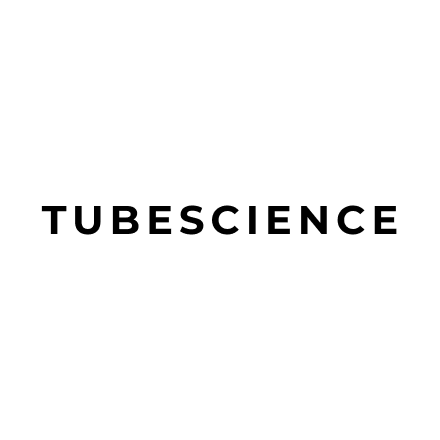Using Coalesce has resulted in remarkable productivity gains for the data team. “Since we introduced Coalesce, I can now do the work of three engineers,” says Ched’homme. “Just knowing where to troubleshoot, what to troubleshoot, how quickly I can propagate changes, add fields or remove them, understand where it went wrong, implement tests … if we had not had Coalesce, we probably would’ve had to hire a few more people to do the job I’m doing today.” This alone means the company is saving on the salaries of two data engineers.
Coalesce’s GUI enables anyone to quickly see the data pipelines, how they’re connected, and where the data flows. “Being able to see the pipeline as a kind of ‘3D object’ is something that I particularly love,” Ched’homme says, as the visual interface makes it simple to troubleshoot and identify and track errors. “Sometimes you find yourself spending more time trying to understand where things have gone wrong than actually working on developing the pipeline. But that isn’t the case with Coalesce. Instead, it’s easy to identify the problem, understand what’s wrong, change it quickly, propagate that change, deploy, and try again—it’s so much more efficient.”
Coalesce allowed Gimple to finally tackle the core problem he needed to solve when he first came onboard, which was to get a handle on the company’s exploding data pipeline complexity. “With Coalesce, we can continue to build but have the confidence that the complexity is growing more linear instead of exponentially, because the platform is focused on reducing the complexity of building out the pipeline,” he says. In addition, Coalesce greatly lessens the time needed to onboard a new engineer. “If you have an organically grown data pipeline, ramp-up time for a new engineer could be four to six months. In Coalesce, we can ramp somebody up in a week or two and start getting value from them,” says Gimple.
The initial dashboards Gimple’s team built out truly enabled their data consumers across the organization, and today people are putting in data requests again because they get done so quickly. “It’s great because we are able to dive in, triage those, and get responses back relatively quickly because of the pipeline,” says Gimple, “I think that really helped increase trust.” Ghorbanian agrees: “The perception of the data team has changed greatly internally, and folks are really excited.” What’s important is not just how fast the results are, but that what Gimple and Ched’homme are doing with Coalesce helps these users to truly understand the data behind the dashboards.
Now that TubeScience uses Coalesce, Ghorbanian also sees an enormous benefit for those employees who had been struggling to pull accurate campaign performance metrics before client meetings. “I’ve heard some of my colleagues say, ‘I feel like I can breathe.’” Before having access to the Power BI dashboard created by the data team, they had to manually manipulate data throughout the entire cycle—from the data team to the end user. “So you’d have to QC your very manual and brittle process,” she says. “Now we just click on the Power BI dashboard and we have that information within five seconds. It’s click, click, bang and you have the number.”




